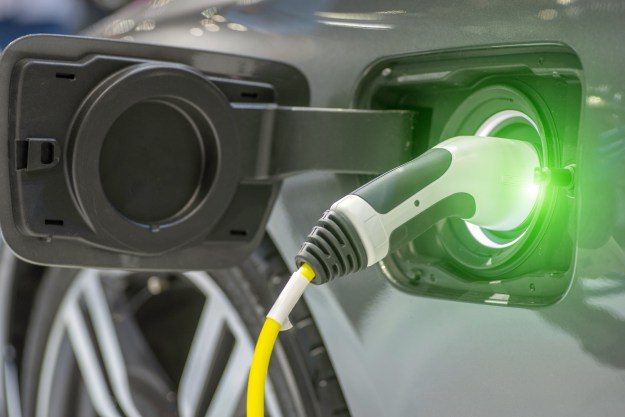Let’s face it, the Volkswagen Passat is a competent midsize sedan, but it’s also pretty darn boring.
So what twisted mind would think to turn one into a fire-spitting, 900-horsepower drift car?
Why, the mind of Top Gear U.S.A. host Tanner Foust, of course. The Rockstar Energy Drink-sponsored race driver is returning to the Formula Drift series this year, behind the wheel of this improbable machine.
Out of the box, the Passat absolutely cannot drift. It’s front-wheel drive, and even the most powerful engine available – a 280-hp 3.6-liter VR6 – can’t move the massive sedan with much gusto.
That’s why this Passat was converted to rear-wheel drive, and features a 7.4-liter V8 that makes 700 hp on its own, and is assisted by a 200-hp shot of nitrous oxide. That power is channeled through a four-speed dog box and three-disk clutch.
Naturally for a full-on race machine, there are other modifications as well.
The bodywork was altered to encase massive Nitto tires and incorporate aerodynamic elements like the “swan mount” rear wing. The suspension was also beefed up, and the interior was gutted to cut weight and make room for necessities like a roll cage.
No matter how it performs on the track, this Passat is one of the coolest racecars to come along in quite awhile.
High-tech Le Mans prototypes and sports cars are awesome, but there’s something undeniably satisfying about taking such an ordinary, nondescript car and using it for something as flamboyant as drifting.
This year marks Foust’s return to Formula Drift after a four-season hiatus. When he’s not power sliding his Passat, he’ll continue to compete in the Red Bull Global Rallycross series, FIA World Rallycross Championship, and Lucas Oil Off Road Racing Series. Talk about a busy schedule.
The Passat isn’t Foust’s only unusual VW racer, either. In Global Rallycross, he competes in a souped-up Beetle.


